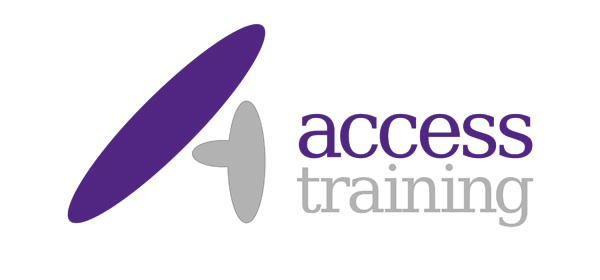About the course
This course is a combination of VMware Horizon: Deploy and Manage, and VMware App Volumes and Dynamic Environment Manager: Configure and Manage. Eight days of content, taught over five-days of extended learning. This course gives you the hands-on skills to deliver virtual desktops and applications through a single virtual desktop infrastructure platform. You will build on your skills in configuring and managing VMware Horizon® 8 through a combination of lecture and hands-on labs. You learn how to configure and deploy pools of virtual machines and how to provide a customized desktop environment to end-users. Additionally, you will learn how to install and configure a virtual desktop infrastructure platform. You learn how to install and configure VMware Horizon® Connection Server™, VMware Unified Access Gateway™, how to configure a load balancer for use with Horizon, and how to establish the Cloud Pod Architecture feature in Horizon. Additionally, you will learn how to use VMware App Volumes™ to deliver applications and data to desktops and users at scale. You will gain skills
in managing application lifecycles from installation to update and replacement. You will also learn how to use the VMware Dynamic Environment Manager™ to provide personalization of end-user profiles and dynamic policy configurations across virtual, physical, and cloud-based environments.
Audience Profile
Operators, administrators, and architects for VMware Horizon who are responsible for the creation, maintenance, and delivery of remote and virtual desktop services.
Prerequisites
Customers attending this course should have, at a minimum, the following skills:
• Use VMware vSphere® Web Client to view the state of virtual machines, datastores, and networks
• Open a virtual machine console on VMware vCenter Server® and access the guest operating system
• Create snapshots of virtual machines
• Configure guest customization specifications
• Modify virtual machine properties
• Convert a virtual machine to a template
• Deploy a virtual machine from a template
Attendees should also have the following Microsoft Windows system administration experience:
• Configure Active Directory services, including DNS, DHCP, and time synchronization
• Restrict user activities by implementing Group Policy objects
• Configure Windows systems to enable Remote Desktop Connections
• Build an ODBC connection to an SQL Server database


